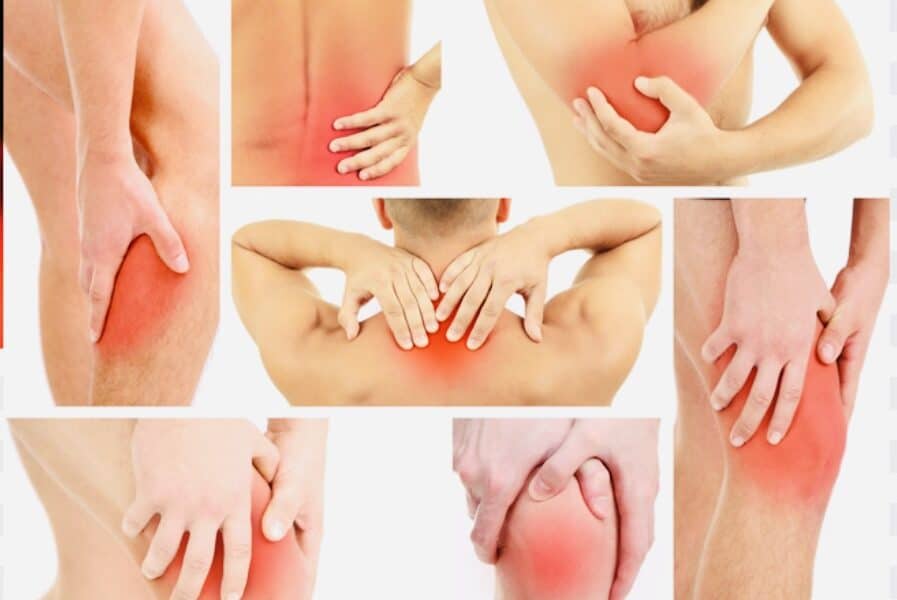By Sumaiya Farheen and Andrew Siyabalawatte, July 2023.
Polymyalgia rheumatica (PMR) is an inflammatory disorder that causes pain in major muscle groups and stiffness, primarily in the shoulders, neck, and hips.
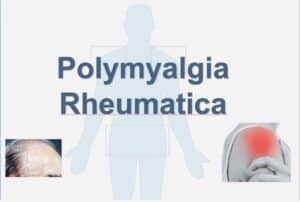
Do I Have Polymyalgia Rheumatica?
Polymyalgia rheumatica typically manifests as inflammatory pain in the shoulder and or pelvic girdles. Research indicates that in a patient over 50 yrs of age, PMR is the most common inflammatory rheumatic disease in the elderly and is one of the biggest indications for long term steroid therapy.
How is Polymyalgia Rheumatica Treated On The NHS?
On the NHS, PMR patients are usually prescribed a high dose of prednisolone, Most people with polymyalgia rheumatica will need to take a long-term course of corticosteroid treatment. The duration of treatment depends on the patient and it can usually last between 18-24 months to prevent symptoms from returning.
Polymyalgia Rheumatica and Covid Vaccine
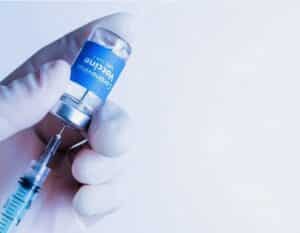
Extensive research assures that the COVID-19 vaccine does not worsen PMR symptoms or increase the risk of its development.
Though there have been rare cases of polymyalgia rheumatica following receiving COVID-19 vaccinations, vaccinations are crucial for PMR patients to protect against COVID-19 and its complications, ensuring safety and well-being.
Giant Cell Arteritis
Polymyalgia rheumatica and Giant cell arteritis (GCA) are similar in that they both affect those over the age of 50. Giant cell arteritis is the most common form of vasculitis that occurs in adults. Almost all patients who develop giant cell arteritis are over the age of 50. GCA commonly causes headaches, joint pain, facial pain, fever, and difficulties with vision, and sometimes permanent visual loss in one or both eyes.
Is Temporal Arteritis Different to Giant Cell Arteritis?
Temporal arteritis and giant cell arteritis are both the same condition. The term “giant cell arteritis” is often used because when one looks at biopsies of inflamed temporal arteries under a microscope, one often sees large or “giant” cells.
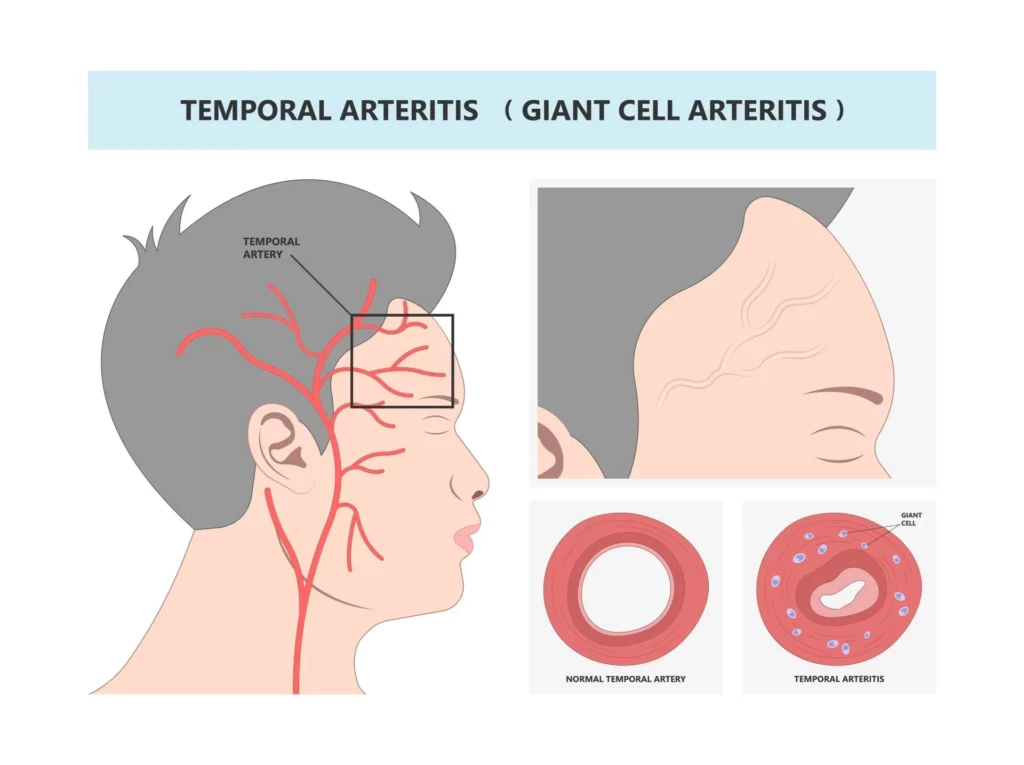
Giant Cell Arteritis is treated with steroid medications. These medicines may be discontinued by the rheumatologist after several months, but if it recurs, may require long term steroid treatment.
Can I Fly With Giant Cell Arteritis?
It entirely depends on individual and the severity of the symptoms. Those that are taking steroid medication or those that are quite elderly need to air on the side of caution and consult their GP beforehand.
Treatments for Polymyalgia Rheumatica
Osteopathy- A Holistic Approach to Balance Restoration

Osteopathy aligns the musculoskeletal system for holistic well-being. Gentle manipulations and techniques used by osteopaths can address musculoskeletal imbalances, reduce pain, and improve blood circulation. These treatments aim to restore balance, enhance mobility, and promote faster healing.
Chiropractic Care- Restoring Alignment and Function

Chiropractors specialize in diagnosing and treating musculoskeletal conditions, making them valuable for individuals with PMR. Through spinal adjustments and manual therapies, chiropractic care can realign the spine, relieve nerve compression, and restore joint function. This approach reduces pain, enhances mobility, and expedites healing.
Physiotherapy- Targeted Rehabilitation for Optimal Recovery

Physiotherapy is vital in managing PMR by prioritizing rehabilitation and enhancing functionality. Customized physiotherapy exercises precisely address muscles and joints, enhancing strength, flexibility, and range of motion. Ultimately, physiotherapy empowers individuals to regain mobility, alleviate symptoms, and optimize their recovery journey.
Low-Level Laser Therapy- Stimulating Cellular Repair
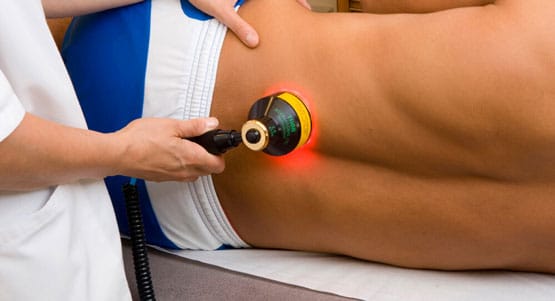
Low-level laser therapy (LLLT) utilizes low-intensity lasers to penetrate the skin and stimulate cellular repair. This noninvasive treatment enhances blood circulation, reduces inflammation, and accelerates tissue healing. LLLT has shown promise in managing PMR by alleviating pain, improving range of motion, and promoting faster recovery.
Shockwave Therapy- Triggering Tissue Regeneration
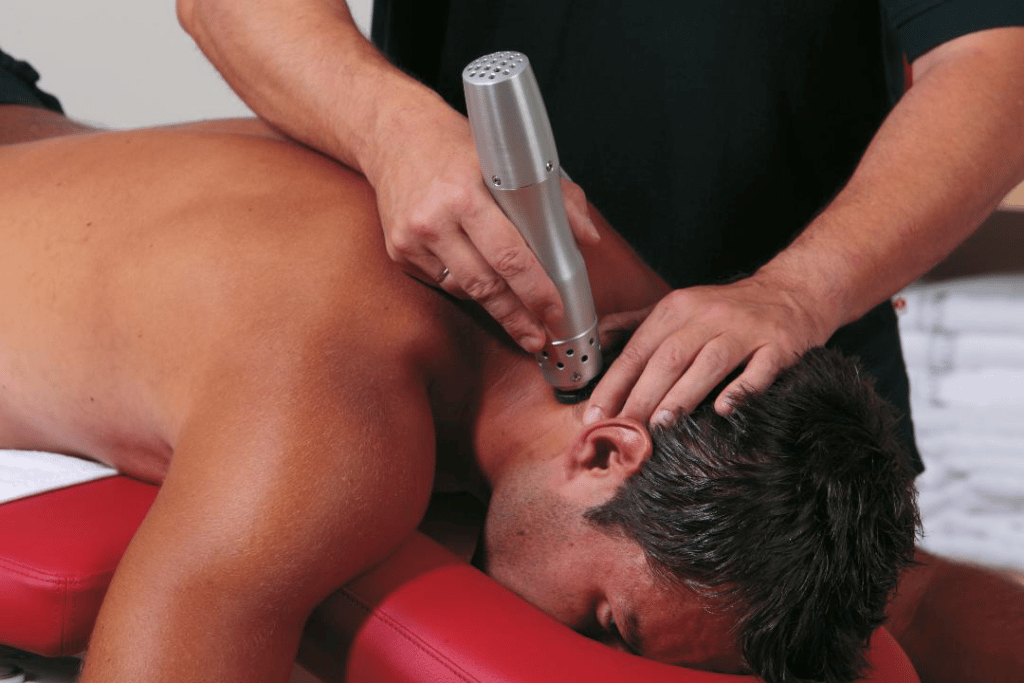
Shockwave therapy applies high-energy sound waves to the affected areas. This noninvasive treatment promotes tissue regeneration, improves blood flow, and accelerates healing. In the context of PMR, shockwave therapy effectively reduces pain, breaks down scar tissue, and enhances mobility. By stimulating the body’s natural healing response, it assists in faster recovery and improved quality of life.
Enhance your PMR treatment with acupuncture and therapeutic massage, unlocking new paths to relieve pain, inflammation, tension, and promote healing.
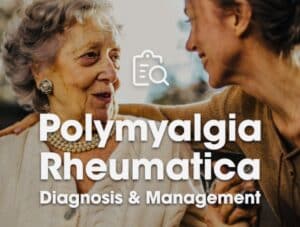
Harness the benefits of osteopathy, chiropractic care, physiotherapy, low-level laser therapy, shockwave therapy, acupuncture, and therapeutic massage to effectively manage PMR.
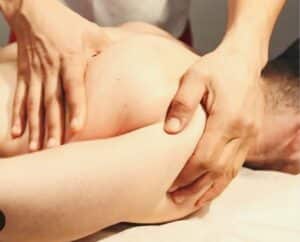
These noninvasive approaches restore balance, optimize function, and activate the body’s natural healing abilities.
Seek advice from our healthcare experts to develop an optimal treatment approach. Explore noninvasive therapies to enhance recovery, reduce discomfort, and restore mobility, leading to a better quality of life for individuals with polymyalgia rheumatica.

